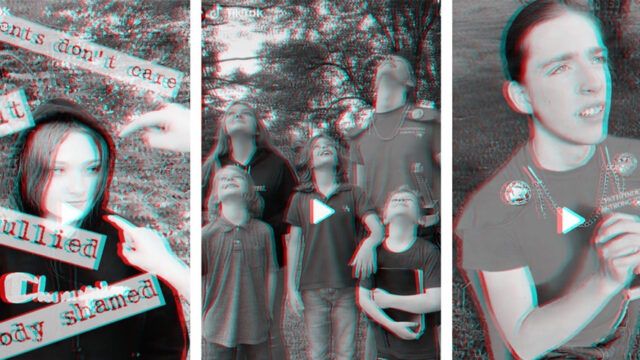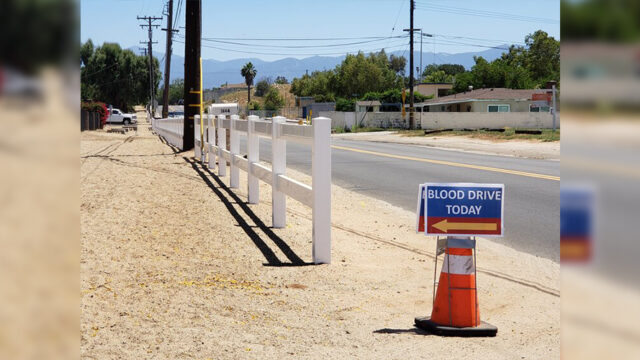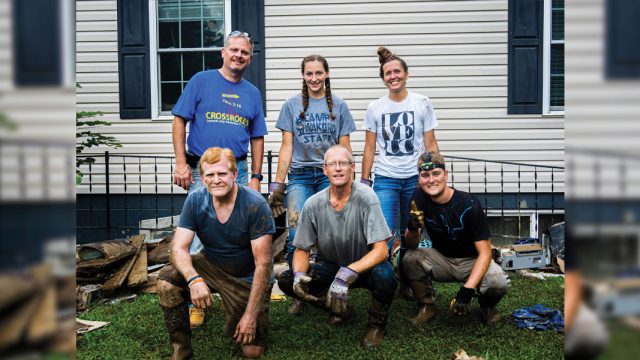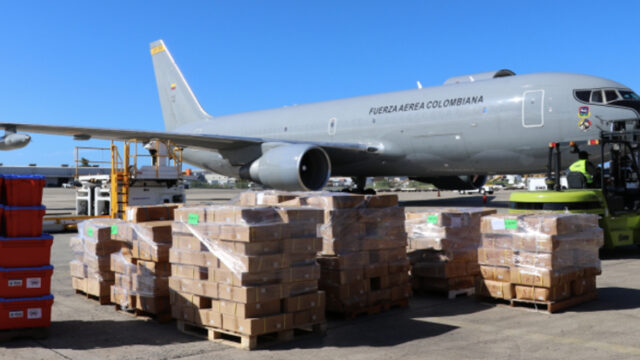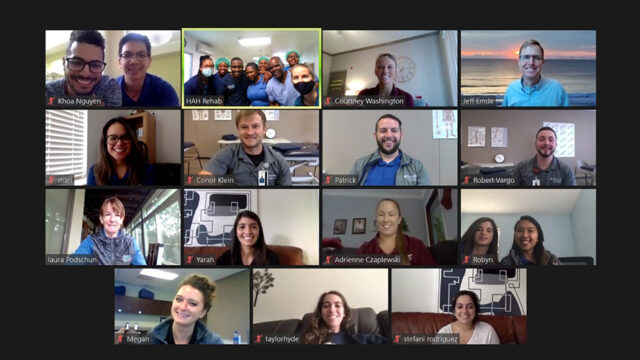What confronting the plight of others taught me during a mission trip to Guatemala.
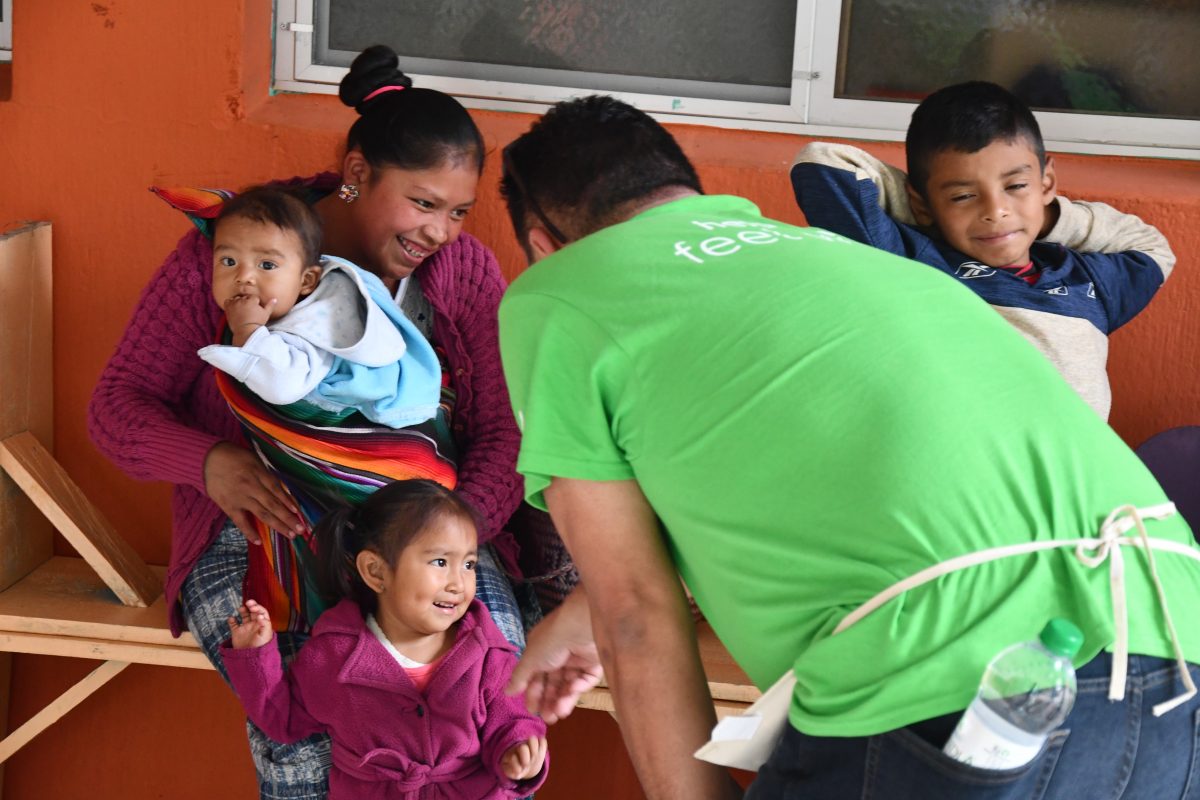
I am a changed man, and it all started with the image of a Guatemalan boy. But it wasn’t the image itself, the one we’ve seen so often that we’ve become numb to it, that of a child from an impoverished country, which is so alien to our lives it can be quickly shrugged off. It was the boy’s age that built the bridge between him and me.
You see, the boy looked unmistakably as though he was five years old. His features were soft, ill-defined, his eyes a vulnerable, liquid brown. But he was 10 years old, and that’s why I raised more than US$1,000 from family and friends, packed my bags, and went to a country I’ve never visited before for a purpose I never once contemplated: a mission trip to Antigua, Guatemala, a city nestled among three volcanoes.
The boy who looked half his age, I was told, suffered from malnutrition that had stunted his natural growth. That’s why he looked five when he was 10. The issue, according to the World Food Program, is rampant in Guatemala, nicknamed “the land of eternal spring,” where as many as one out of two children are said to have it.
How could this happen? How had time frozen for his body and not mine? How can I answer for the suffering that occurs in one place and not another?
It was that last question, or some form of it, that led me to go up to the woman who showed the boy’s picture at a large hospital meeting held by my company, AdventHealth, a Seventh-day Adventist-sponsored health care system, and ask to go. I had thought I had the answer to that last question, but I felt compelled to challenge my beliefs and to help in whatever way I could.
I recently began working in administration in AdventHealth, a system of 50 hospitals in the United States. We’ve been working in partnership with the nonprofit One More Child for 11 years, and the nonprofit acts as our guide in Guatemala. This year, about 30 of us went on the trip.
I remember how discomfited I was for the first 48 hours there, how no feeling or emotion really registered, as I sat and absorbed everything under the shining Guatemalan sun. An example of what I had to adjust to is that the moment we set foot on the ground, all of us were the 1 percent, suddenly transformed into the unfathomably rich.
The city streets are networks of Spanish colonial-style buildings, warehouses and shanties, concrete and commercial franchises embedded among rolling hills of lush, misty highlands. Enormous roots of old trees bulged through the sidewalks, transforming them into boulders but both young and old folk walked them all the same, with poetic indifference, wearing clothes I might wear, or clothes only a Guatemalan would wear: woolen robes of earthy rainbow colors.
Guatemala is a country of no traffic lights and zero car accidents. There are mopeds, motorized rickshaws, shiny, bright school buses, and 25-year-old sedans resourcefully kept alive and humming. Everyone, all the vehicles, move with the invisible logic of an ant colony and, perhaps, just as much efficiency as one.
On our first day, our growing anticipation and optimism finally came face to face with our final destination: The Association of the Hope of the Children, a day care that helps nursing mothers, frequently takes orphans, supplies food, and has educational classes for both children and adults.
We were to teach our own classes, too, and add dental work, facility repairs, and whatever goods we brought with the 63 suitcases we tugged along with us. But the Guatemalans had their own welcome prepared for us. When I step into the classroom of 4-6-year-olds, there’s a moment of anarchy. Five of them instantly clamor at my legs and call out at me all at once: “Amigoooooooo!” The day, absolutely beautiful, went on much like that.
But on the second day it rained.
And it rained, and it rained. The bus drivers were worried; there were rumors of mud slides. But only rumors. We went, and the mud was tracked into the facility, mud that was everywhere. I noticed for the first time the runny noses on all the children, how some of their teeth weren’t white but black, how a few were prodigiously quiet, and also, how a few had snagged my heart.
I tried to picture Maelli, a runny-nosed girl of curly brown hair at the day care, suffering into adulthood, surrounded with anything less than a nice, clean home, a good education, and loving family and friends, anything less than what she deserves, and a little thing breaks, and I’m fighting back tears on the bus home that day.
And the third day it was like that, our work running parallel to the rain, except the children and the teachers and the rain all outran our pent-up excitement, even our optimism, so that by the fourth day, when the sun finally shone, we were exhausted.
At least I was.
I drifted between classes and duties, wiping the hair from my face, haphazardly snapping photographs after such a long, dizzying week, and the sun was out, jeering me with its happiness, mocking my fatigue. When we had lunch at the day care that final day, I quietly ate with two One More Child employees in a room where the walls were lined with metal bunk beds and exposed mattresses.
“I don’t get it,” I said. “I usually love to work. There’s so much to do. But today, I can’t get up off the ground. I’ve already napped for an hour. It’s embarrassing.”
“Don’t worry about that,” said a 23-year-old from One More Child. “This is actually one of the most productive weeks we’ve had all year. AdventHealth is one of the best groups we bring here.”
I didn’t believe it. I was pretty sure we had accomplished little.
“It’s true,” said the other.
“You’d be surprised how many people find an excuse not to mop when you hand them a mop,” the 23-year-old said. “They look at you like —” and she made a face.
Not much later, I am lying on one of the bunk beds. People are moving in and out of the room, and my mind is hurtling.
It was earlier in the week I saw a 17-year-old boy with stunted growth. I didn’t raise my camera, except from afar, and took a picture that wasn’t fit to show anyone, but noticed how keen his eyes were, how happy and normal he was, awkward like any teenager, with a body shrunken but strangely agile and fit. He must have weighed 100 pounds.
Why have I come here? What was I hoping to accomplish? At worst, it’s a voyeuristic trip where people indulge their guilt. At best, it’s a place where we serve and help those who need it while bridging two communities. I was compelled to come here and see and understand it, and I don’t. I’m maybe not any closer to that answer.
Because I don’t see suffering. I see resilience, I see strength. I feel my weakness. What am I missing? I had a question, and it drew me here, and now I only have more questions. I feel only like I’ve been drawn into an ever-deepening mystery.
In the room, the cloth curtains gently blow in and out, like the building itself breathes through the windows. A bell is ringing. A dog barks. Full of wonder and questions, I sink further into the mattress, exhausted but in peace.
Jason Ruiter is a communications specialist at AdventHealth, where he helps use his writing and storytelling skills to magnify issues and push positive change both inside and outside the organization. Before joining the AdventHealth health care system in 2018, he was a reporter at a metropolitan newspaper for several years and wrote on a wide range of subjects such as government, crime, environment, education and public policy. He lives in Orlando, Florida.


